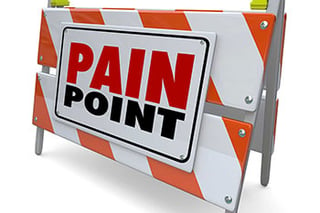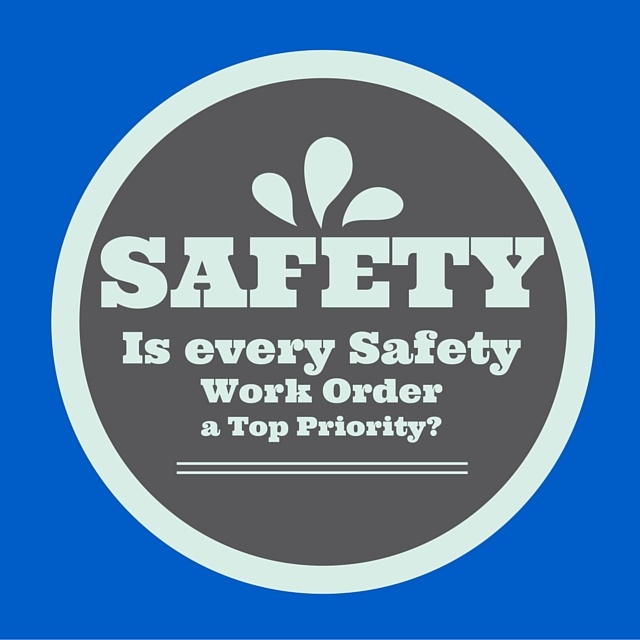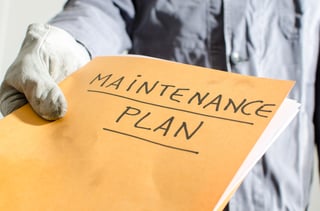
The CMRT Exam is the leading credentialing program for the knowledge, skills and abilities of maintenance and reliability technicians.

The CMRT Exam is the leading credentialing program for the knowledge, skills and abilities of maintenance and reliability technicians.
by Cliff Williams, on August
 Over the years I’ve had many conversations with organizations around KPIs – what they are, and equally as important, why they are. When I’ve asked why people measure what they do, I have received several different answers, ranging from:
Over the years I’ve had many conversations with organizations around KPIs – what they are, and equally as important, why they are. When I’ve asked why people measure what they do, I have received several different answers, ranging from:
by Jeff Shiver, CMRP, on March
For many organizations, finding qualified maintenance technicians is a real challenge. While not a new problem, it is becoming much more pronounced depending on their level of pay and geographical location. More companies are looking internally with the intent of developing their own workforce to take on new responsibilities.
.jpg?width=650&name=shutterstock_619318484%20(1).jpg)
Struggling to put together a complete weekly schedule? It may surprise you, but you’re not alone. Although the processes of work execution (preventive and predictive programs, planning, scheduling, coordination, storeroom and production partnerships) are foundational, many groups struggle to put it all together well. Without this foundation, more advanced concepts fizzle out quickly. Frustration ensues. There are many pieces that need to align to complete the entire work execution puzzle. To start, let's focus on developing the weekly maintenance schedule. There are some basic steps that you should address to move things forward.
by Cliff Williams, on March

Most organizations these days have some form of CMMS – Computerized Maintenance Management System – whether it’s a home based Access system or it’s a full blown EAM – Enterprise Asset Management System – and many stops in between. Now I think it’s fair to assume that people have got at least part of the idea of a CMMS right. Unfortunately it’s only the Computerized and System that has been implemented. Most have forgotten the Maintenance Management part of the acronym! I visit many sites and talk with many people and to be honest, I am no longer surprised to see that people use their CMMS to manage their work orders – and only that.
by Jeff Shiver, CMRP, on November
 Welcome to another guest post from our friend, Trent Phillips.
Welcome to another guest post from our friend, Trent Phillips.
by Jeff Shiver, CMRP, on November

We pleased this week to have a guest blogger to provide insights to the People and Processes Focus on Reliability blog. Please welcome my good friend, Trent Phillips from Novelis. With this post, Trent addresses a common topic that I frequently hear almost everywhere.

When it comes to the weekly Maintenance Scheduling meeting, I generally see two separate spectrums. The first is no meeting or no attendees, and ultimately, no real schedule. On the opposite end, I see the long drawn out review of the entire backlog, most of which we don’t have materials for or resources to do in the current week. That might be OK if you have very little backlog. Most don’t. I believe you would agree that we spend way too much time in meetings reviewing the same items week after week.
by Admin, on February
by Admin, on October
 At what frequency do you calculate the schedule compliance metric? Is it weekly, daily, or hourly? Depending on who you ask, you might come up with a different answer. For me, it depends on several factors. The first one is the level of Maintenance organization reactivity. That is followed by how long the organization has been producing next week’s schedule. It might surprise you but a number of organizations still don’t produce a formal schedule for next week. Another factor is the partnership between Maintenance and Operations.
At what frequency do you calculate the schedule compliance metric? Is it weekly, daily, or hourly? Depending on who you ask, you might come up with a different answer. For me, it depends on several factors. The first one is the level of Maintenance organization reactivity. That is followed by how long the organization has been producing next week’s schedule. It might surprise you but a number of organizations still don’t produce a formal schedule for next week. Another factor is the partnership between Maintenance and Operations.